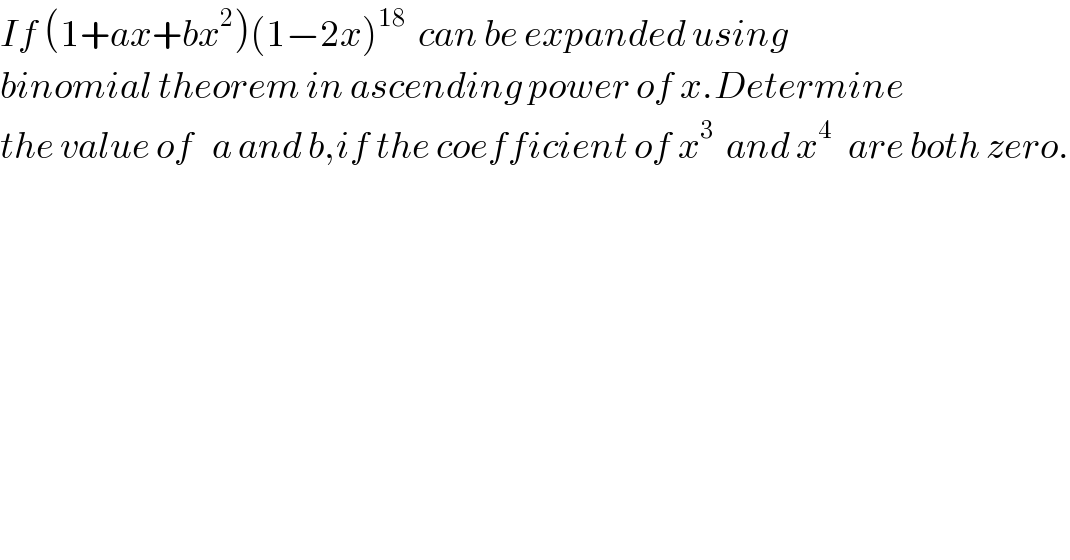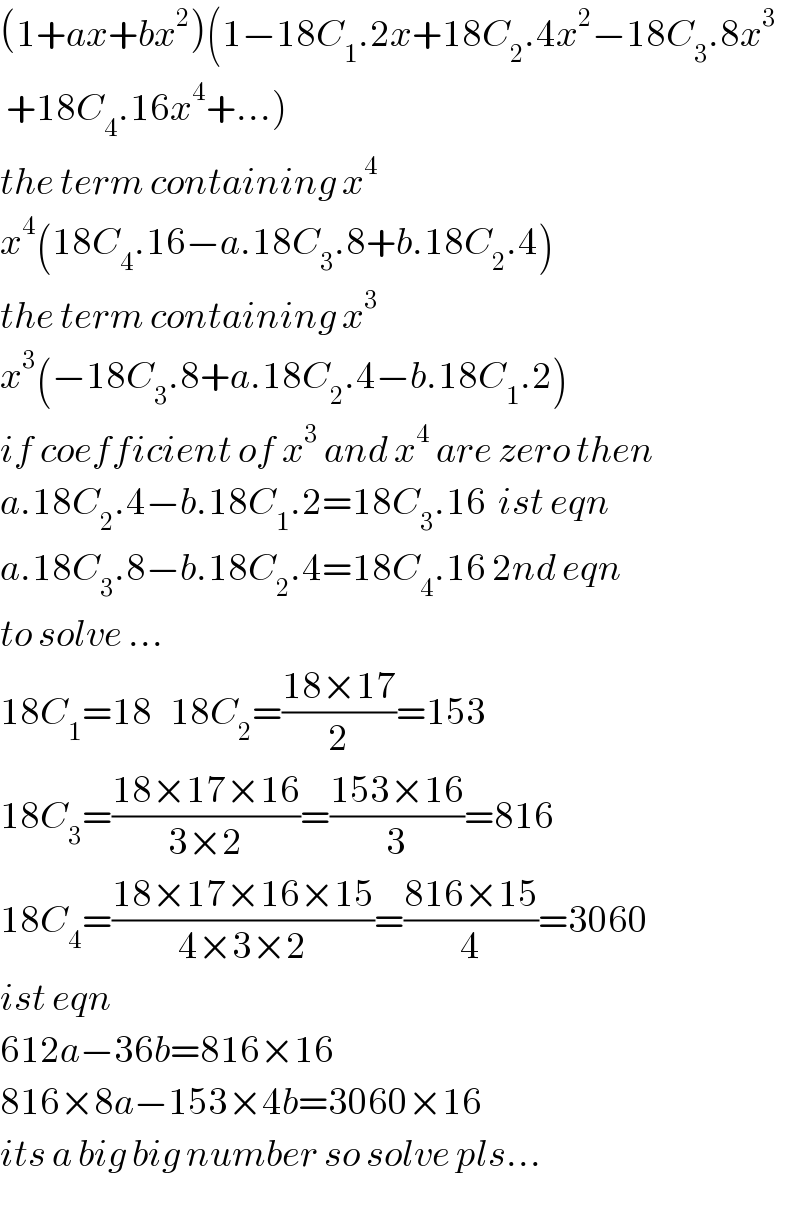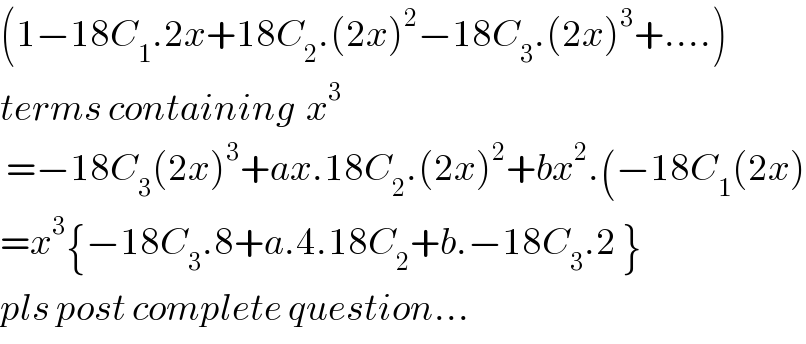Question Number 40523 by scientist last updated on 23/Jul/18

Commented by tanmay.chaudhury50@gmail.com last updated on 23/Jul/18

Answered by tanmay.chaudhury50@gmail.com last updated on 23/Jul/18

Commented by MJS last updated on 23/Jul/18

Commented by tanmay.chaudhury50@gmail.com last updated on 23/Jul/18

